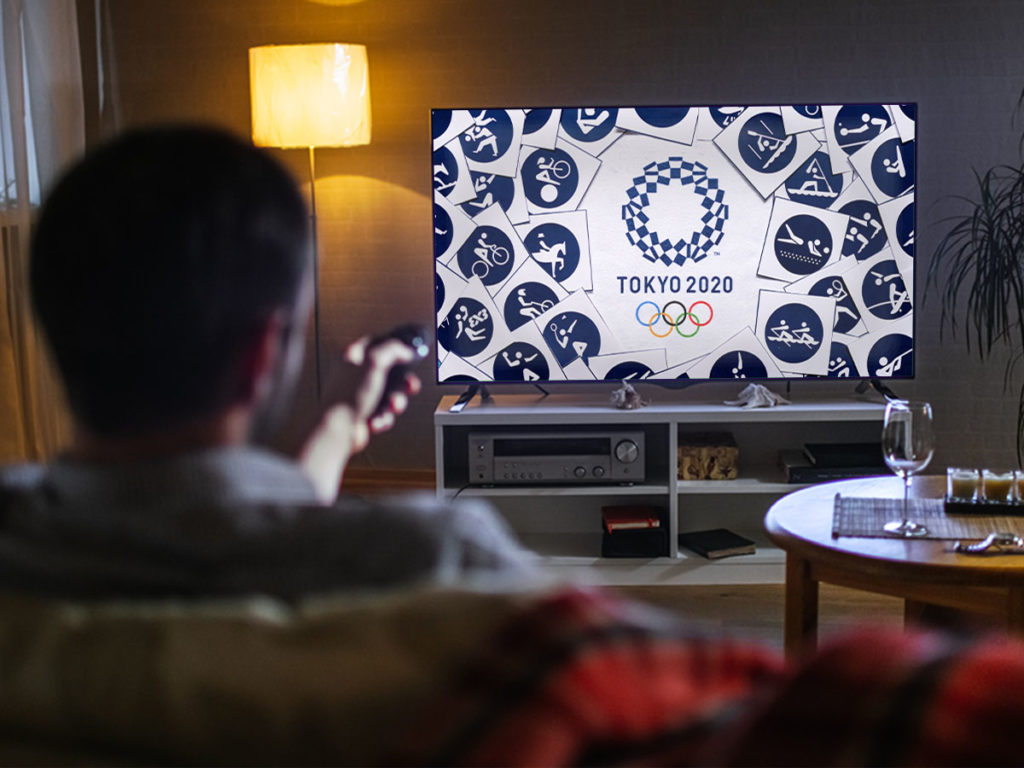How to Get Sales on Shopify: 10 Strategies to Increase Revenue
by Cat Hausler
8 Min Read
CES 2024: Stagwell (STGW) and MNTN Announce Partnership in Unified Performance SolutionsLearn More
Unpredictable Viewing Habits Highlight Flaws in the Linear TV Model

4 Min Read
Today’s consumer is more complex than ever. A biker might enjoy Harley-Davidson bikes but watch The Bachelor. A college student may play video games but watch Downton Abbey. A retiree might be in a target demographic for pharmaceuticals but watch MTV. With so many channels and streaming networks vying for attention, along with a competitive global marketplace, marketers face a unique challenge: how do you find your target audience and ensure they’re seeing your ad?
Perhaps there is no better case study for this situation than the upcoming 2021 Tokyo Olympics. There is no sporting event quite like the Olympics. NBC reports that it will have 7,000 hours of programming during the 17 days of the Games, covering 339 events, 33 sports, and 50 disciplines – that’s approximately 292 days’ worth of content, spread out over multiple outlets. Additionally, more than 5,500 hours will stream on NBC’s website, segmenting the audience further. Even the biggest brands with the deepest pockets would find it impossible to advertise across the entire event.
The Olympics and its diverse lineup of sporting events are not unlike a television network with multiple TV shows that attract different interests. Viewership will be high, but not everyone will be watching at the same time – or even the same event. And as we pointed out, viewers’ interests are hard to pin down today. Take the aforementioned Bachelor-watching biker. What Olympic event do you think he’d be watching? Gymnastics? Weightlifting? Would he only watch the finals, or watch as much of the sport as he can? Are you willing to gamble your ad spend on that answer?
The linear TV model, where an advertiser buys time on events that they hope their target audience is watching, isn’t sustainable anymore. Today’s unique viewing habits require a programmatic approach like Connected TV, where the ads follow the audience to ensure they’re being seen – wherever and whenever that is.
Even the brands that can afford to advertise to larger audiences through linear TV can get burned. Thanks to low support and outright hostility for the Tokyo Games, sponsors have started to pull support. Most notable has been Toyota, one of the largest sponsors and companies in this year’s host country. While Toyota hasn’t pulled U.S. support yet, their 11th-hour decision to pull Games-related TV ads from Japanese televisions has sent shockwaves throughout the industry and spurred other companies to follow suit, including NEC, NTT, Nippon Life Insurance, and Asahi Group Holdings.
Toyota’s decision to back out of ads is relatively simple – the traditional linear TV model works best when the viewing audience is at its largest. Think of it like fishing – instead of dropping a line in and hoping for a bite, you’re casting a large net in a lake full of fish.
With support for the games in the Tokyo market at just 34% (and that’s an improvement!), there likely won’t be a massive viewing audience to fish from. At a certain point, it must have become clear to Toyota that they would not get the ROI they wanted on their expensive ad buys – and it’s not worth risking brand damage with an audience that generally opposes the games in the first place.
As COVID-19 continues to spike throughout Tokyo ahead of the Olympics, the remaining 60 Japanese corporations who have paid more than $3 billion for sponsorship rights are now weighing whether they should remain for an event that is not receiving public support.
It’s obviously impossible to tell what the future holds, and almost every advertiser has found themselves unexpectedly behind a campaign for a smaller-than-expected audience at least once.
Connected TV advertising is the logical solution for these complex issues. Thanks to MNTN’s Performance TV’s targeting and measurement capabilities, advertisers can use first- or third-party data to target their exact audience, ensure they’re seeing the intended ad, then track and measure performance outcomes thanks to features like cross-device measurement. Programmatic, audience-first advertising against networks ensures you’re not casting the widest net and hoping to catch a few customers – instead you’re hitting your right audience at the right time.
It’s clear that as the world continues to evolve, consumer tastes change, and outlets to advertise open up, relying solely on the traditional Linear TV model is going to produce headaches for advertisers.